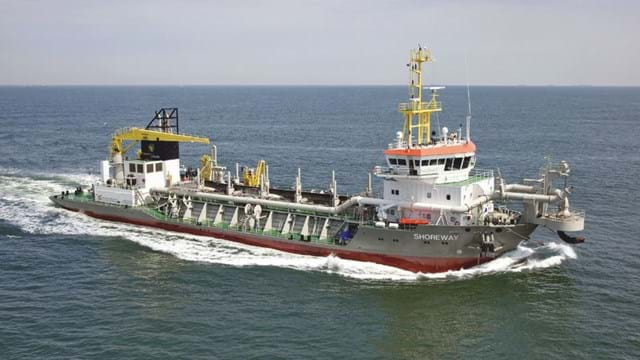In December 2010 Royal Boskalis Westminster N.V. was awarded a contract by the Dutch Directorate General for Public Works and Water Management to reinforce part of the coastline in the province of Zuid-Holland by creating a ‘sand engine’. The total value of the contract is EUR 50 million for the Van Oord- Boskalis consortium, in which Boskalis has a 50% stake.
The project entails the creation of a sand engine. This involves depositing 21.5 million m3 of sand in the shape of a hook extending from the coast near Ter Heijde. The sand will be spread along the provincial coastline by the natural motion of wind, waves and currents. This principle of building with nature will reinforce the coastline in a new and natural way. The sand engine will therefore be able to contribute to coastal protection while at the same time creating more space for nature and recreation. The contract is an Engineering & Construct contract, meaning that the further development of the design and realization is in the hands of the consortium. The project will commence early 2011 and is scheduled to take over a year. It will involve the deployment of several large trailing suction hopper dredgers. Boskalis’ strategy is designed to benefit from the key macroeconomic developments which fuel global demand in our selected markets: growth in global trade, increasing energy consumption, expanding population pressures and the challenges posed by climate change. This coastal protection project is prompted by expanding population pressures and climate change.



